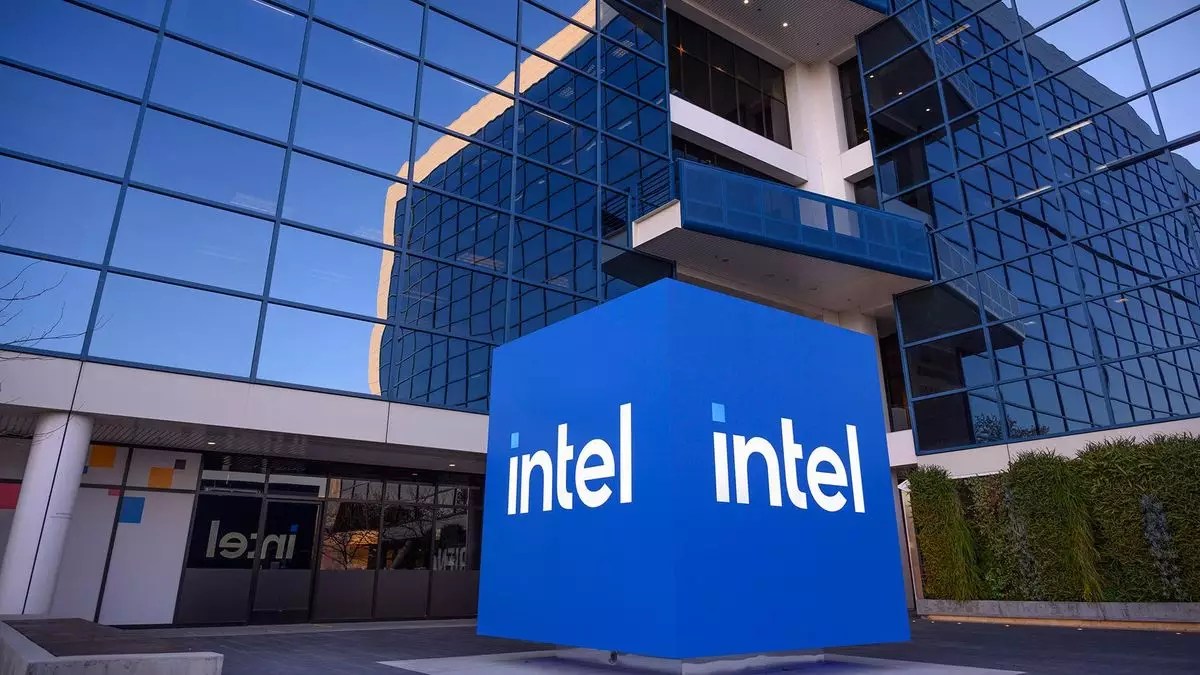In the ever-evolving landscape of technology, the path to success often hinges on strategic foresight and the ability to seize opportunities. However, not every company manages to capitalize on potential game-changers. A glaring example is Intel, the once-untouchable chip giant, which missed critical opportunities to solidify its position in the market that have led it to face significant challenges in recent years.
A pivotal moment in Intel’s corporate history occurred under the leadership of Paul Otellini from 2005 to 2013, when the idea of acquiring Nvidia—a fledgling graphics processing powerhouse—was presented. At the time, Nvidia was valued at approximately $20 billion, which would have made it Intel’s most expensive acquisition. Resistance from the board, driven by a narrow focus on the core x86 architecture and a distinct corporate culture that prioritized existing profits over future potential, ultimately curtailed Otellini’s proposal. One executive even described this rejection as “a fateful moment,” illustrating the profound impact their decision had on the company’s trajectory.
Fast forward to today, and Nvidia has only strengthened its foothold in the tech world, skyrocketing to a staggering market capitalization of around $3.5 trillion. Their evolution into a leader in AI technology underscores what could have been for Intel—a missed opportunity that many in the industry now regard as a critical miscalculation.
Intel’s insular corporate culture during the 2000s worked against its ability to pivot towards emerging markets. Executives expressed a sense of pride in being “the largest single-cell organism on the planet,” a tongue-in-cheek reference to their reductionist approach that hampered broad strategic thinking. While the x86 chip designs were highly profitable and dominated the market, they fostered a degree of complacency within the company. This environment stifled innovative thinking and discouraged executives from taking calculated risks.
Former Intel CEO Craig Barrett famously compared the x86 business to a creosote bush—effective at preserving its own dominance while simultaneously poisoning the competitive landscape. This entrenched culture, combined with the short-sightedness of overlooking potential game-changers like Nvidia, exacerbated Intel’s current challenges and indicates deep-rooted issues in its strategic planning.
The events following the failed acquisition pitch reveal a deepening pattern of missed opportunities for Intel. Pat Gelsinger, who previously led Intel’s ambitious yet ultimately unsuccessful Larrabee project, attempted to develop a hybrid of graphics and PC chip design. Despite his optimism that success might have diminished Nvidia’s growth, the project faltered under the weight of poor performance and scheduling mismanagement.
Gelsinger’s perspective sheds light on the ongoing struggles at Intel. In 2018, the company had another chance to pivot when it chose not to buy a $1 billion stake in OpenAI. Had Intel made this move, its investment would have reaped substantial rewards given OpenAI’s reported valuation of around $80 billion today. This decision is reflective of a broader trend of lacking foresight in a technology landscape increasingly shaped by AI advancements—a failure that underscores the critical need for long-term strategic vision.
Today, Intel finds itself grappling with a myriad of challenges, including massive layoffs, dividend cancellations, and ongoing manufacturing difficulties. The company’s current predicament is compounded by a lack of coherent strategy and an inability to respond dynamically to market changes. As it stands, Intel’s position is precarious, and signs suggest that it may not be able to recover the ground it has lost, particularly in sectors like AI where its competitors have rocketed forward.
The faltering fortunes of Intel should serve as a cautionary tale for other companies. The reluctance to invest in futures that seem uncertain, combined with a corporate culture that demotivates innovative thinking, can lead to dire consequences. In technology, where the pace of change is relentless, a company’s failure to adapt can quickly shift it from a position of dominance to one of vulnerability.
The trajectory of Intel over the past two decades exemplifies the critical importance of foresight, dynamic strategy, and the willingness to embrace potential disruptions. As the company continues to navigate its challenges, it must learn from its past missteps and forge a new path that prioritizes innovation and long-term viability. Only then can it hope to reclaim its position as a leader in the tech industry.


Leave a Reply